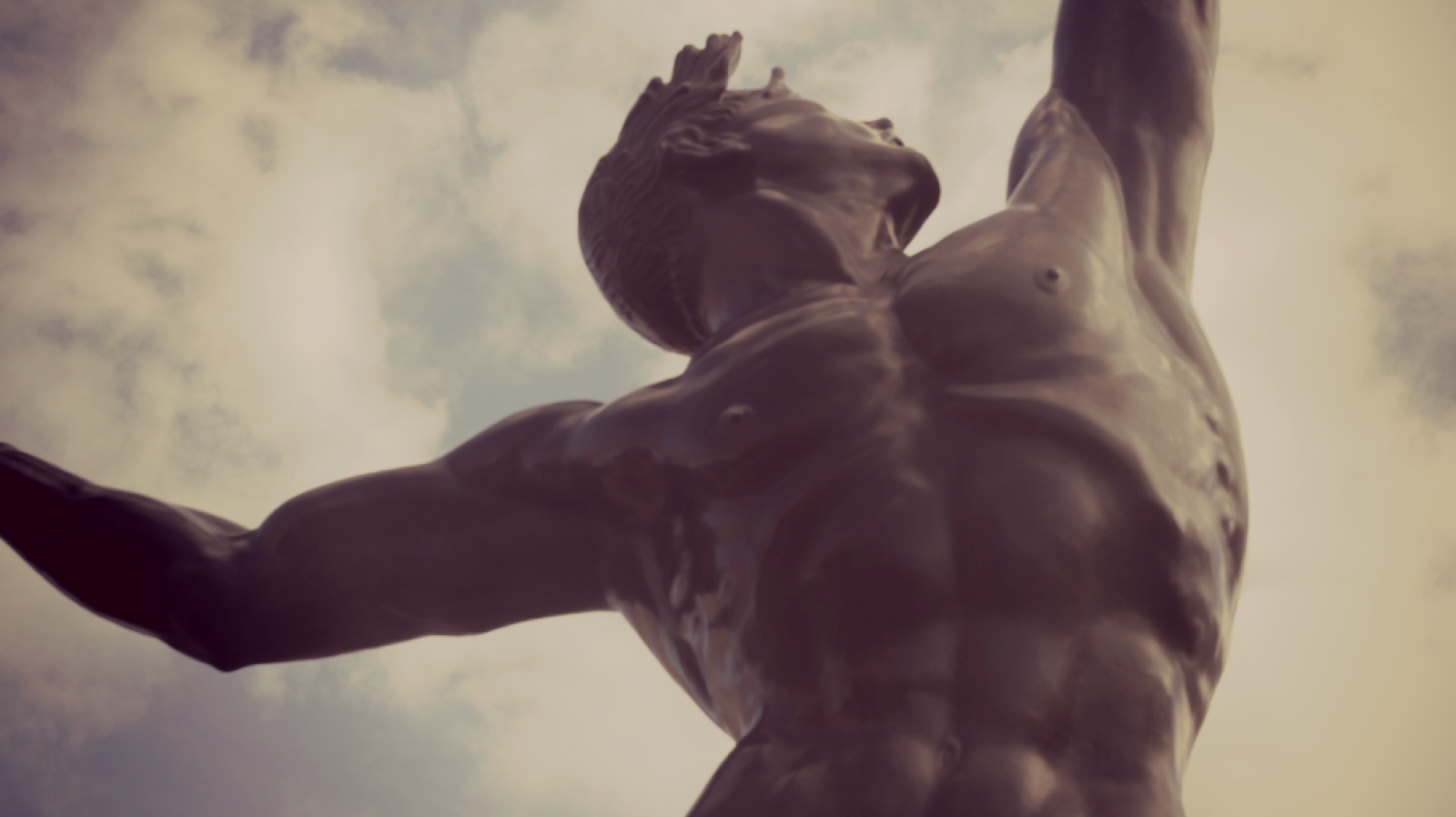Today I stood on American hallowed grounds – the Normandy
American Cemetery and Memorial. Seventy years after the end of World War II,
Normandy beaches Sword, Juno, Gold, Omaha, and Utah display a serene landscape.
Standing on the gorgeous beaches was so surreal – the peaceful surroundings did
not match with the tumultuous history. Running
toward the hills on Omaha beach allowed me to better relate with the experience
of the soldiers who stormed the beaches on that dreadful day, now known as
D-Day.
 |
| German bunker with gun Photo by: Jessica Hardy |
During World War II, D-Day commenced on the beaches of
Normandy, in the North Western region of France, as the Allied forces wished to
create a new war front and eventually capture Berlin. All that is left today
are the remains of German bunkers and war memorials.
However,
what personally caught my attention was the contrast between the American and
German memorial cemeteries. The
Normandy American Cemetery and Memorial helped me to realize the devastation
caused by D-Day (and World War II in its entirety), as more than nine thousand white crosses graced
the green landscape in front of me.
While
I shivered at the sheer number of the dead, the statue named the American Young
Rising, with hands and head facing towards the heavens, complemented by row
upon row of erect white crosses,
portrayed a sense of victory and glory.
 |
| American Young Rising Statue Photo by: Jessica Hardy |
However, I was quickly reminded that the American casualties
were minute in comparison to those of the enemy. When I entered La Cambe
German War Cemetery, which is not far from the Normandy American Cemetery, I
knew that I had entered the sanctuary of the defeated.
Instead of an individual cross for each dead body, two to three Germans share one plaque. Groups of worn stone crosses present a
solemn mood. Our guide made an interesting observation. To him, the narrow passageway to the cemetery which
allowed only one person to enter at a time symbolized that death takes its prey
one by one.
 |
| Grave of Unidentified Body at Normandy American Cemetery Photo By: Jessica Hardy |
It is easy for people to blame the war on the Germans. Although
the casualties worldwide were both monstrous and tragic, spending time at La
Cambe German War Cemetery helped me to realize that both the German and
American soldiers were similar in some ways. These soldiers never asked to come
to the grave and sacrifice their lives. Many of the soldiers in La Cambe had
just turned eighteen when they took their last breath. I wonder how many German
soldiers knew that they would give their lives for a lost cause.
In hindsight, D-Day will never be the same in my mind. Although
I will never experience the war for myself, being able to touch the German guns
and see the American cemetery has allowed my knowledge of history to become a
reality. There is nothing more touching than these words inscribed on a
tombstone: “Here rests in honored glory a comrade in arms known but to God.”
Through this experience I have realized the raw definition of sacrifice.
Sacrifice is the nine thousand American
white crosses and the twenty-one thousand German graves which grace the
landscape of Normandy – the peace after the storm.









- Follow Us on Twitter!
- "Join Us on Facebook!
- RSS
Contact